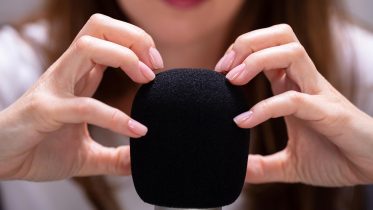
ASMR
Autonomous sensory meridian response, sometimes auto sensory meridian response, is a tingling sensation that typically begins on the scalp and moves down the back of the neck and upper spine. A pleasant form of paresthesia, it has been compared with auditory-tactile synesthesia and may overlap with frisson. ASMR signifies the subjective experience of "low-grade euphoria" characterized by "a combination of positive feelings and a distinct static-like tingling sensation on the skin". It is most commonly triggered by specific auditory or visual stimuli, and less commonly by intentional attention control. A genre of videos intended to induce ASMR has emerged, over 15 million of which had been published on YouTube by 2021.




